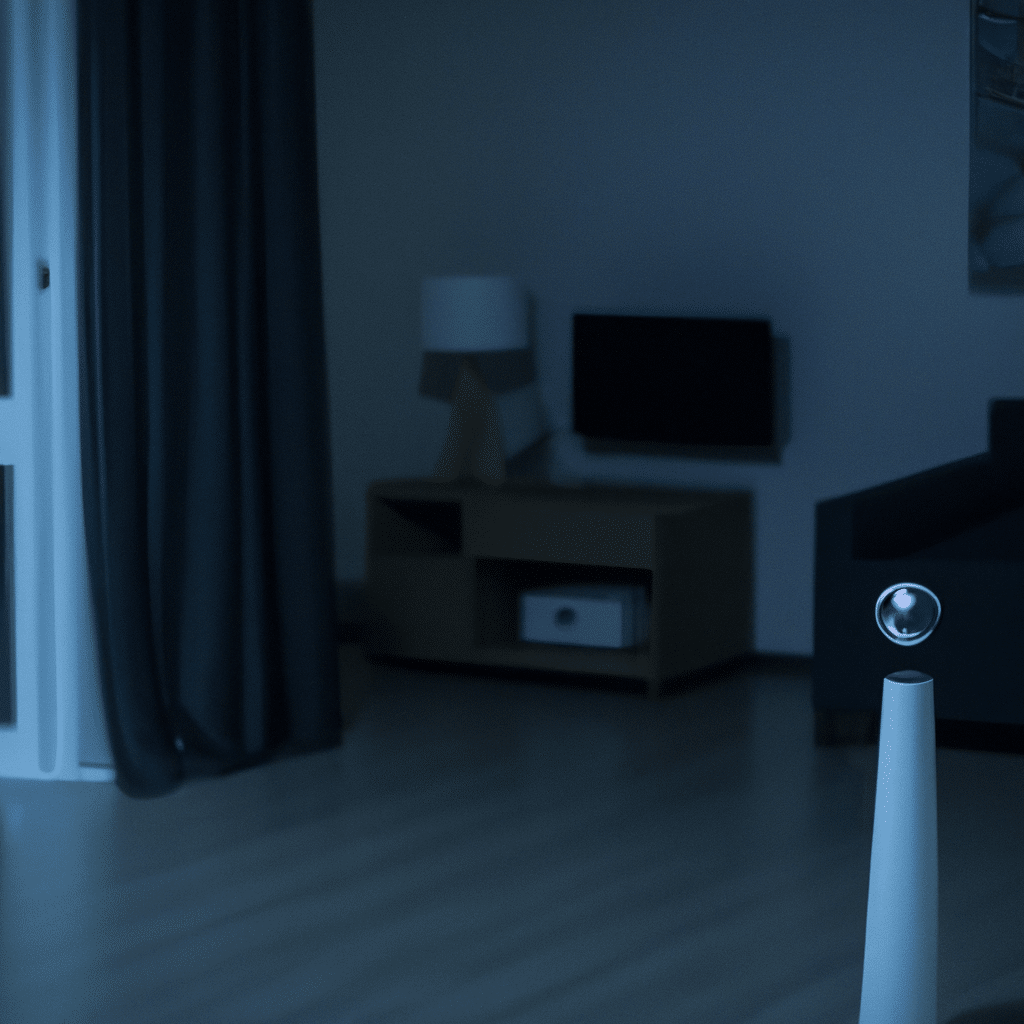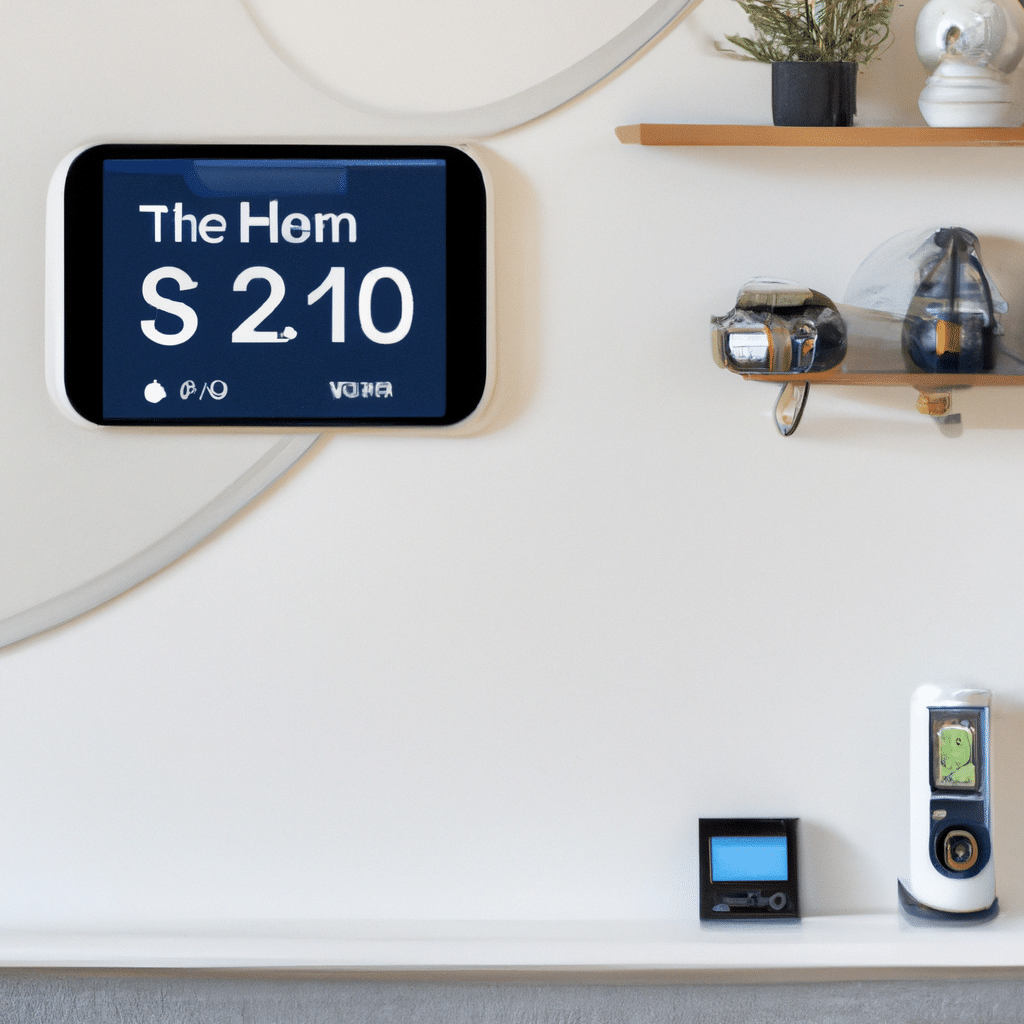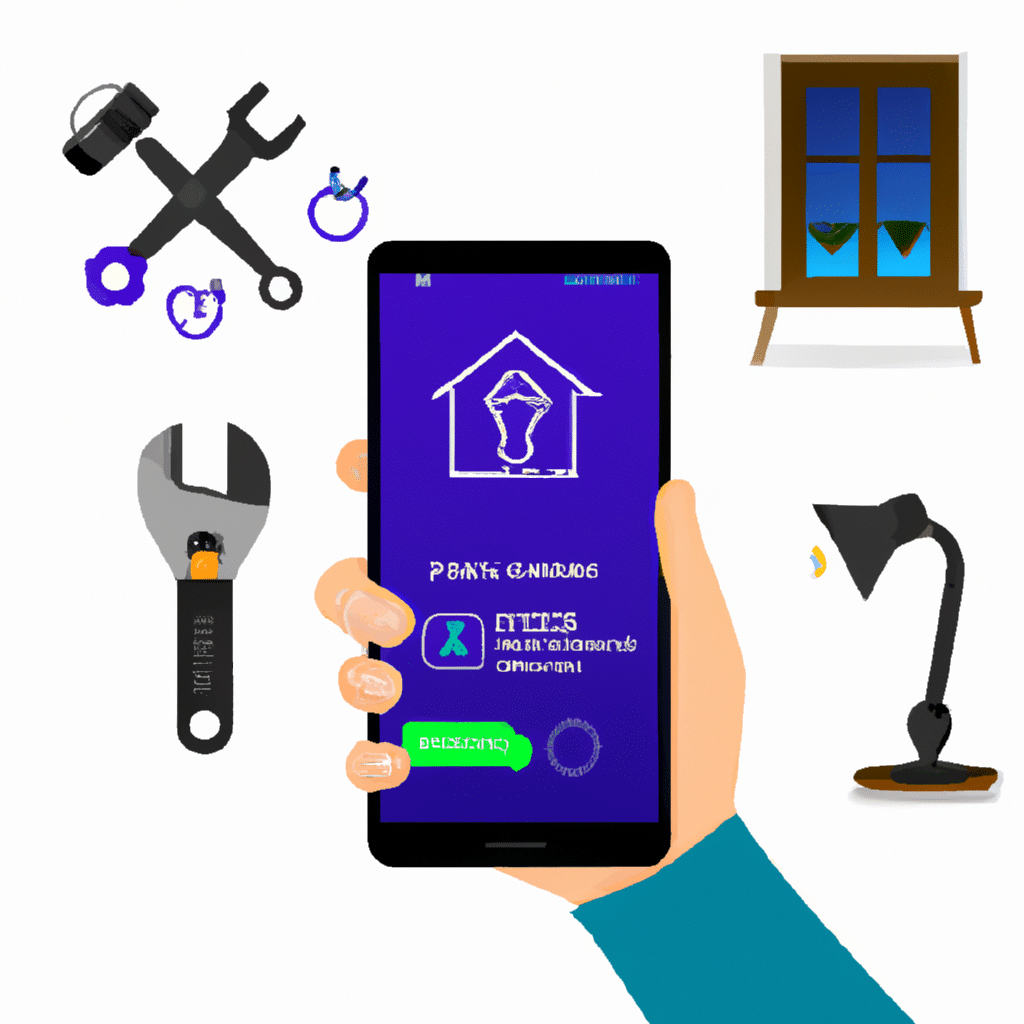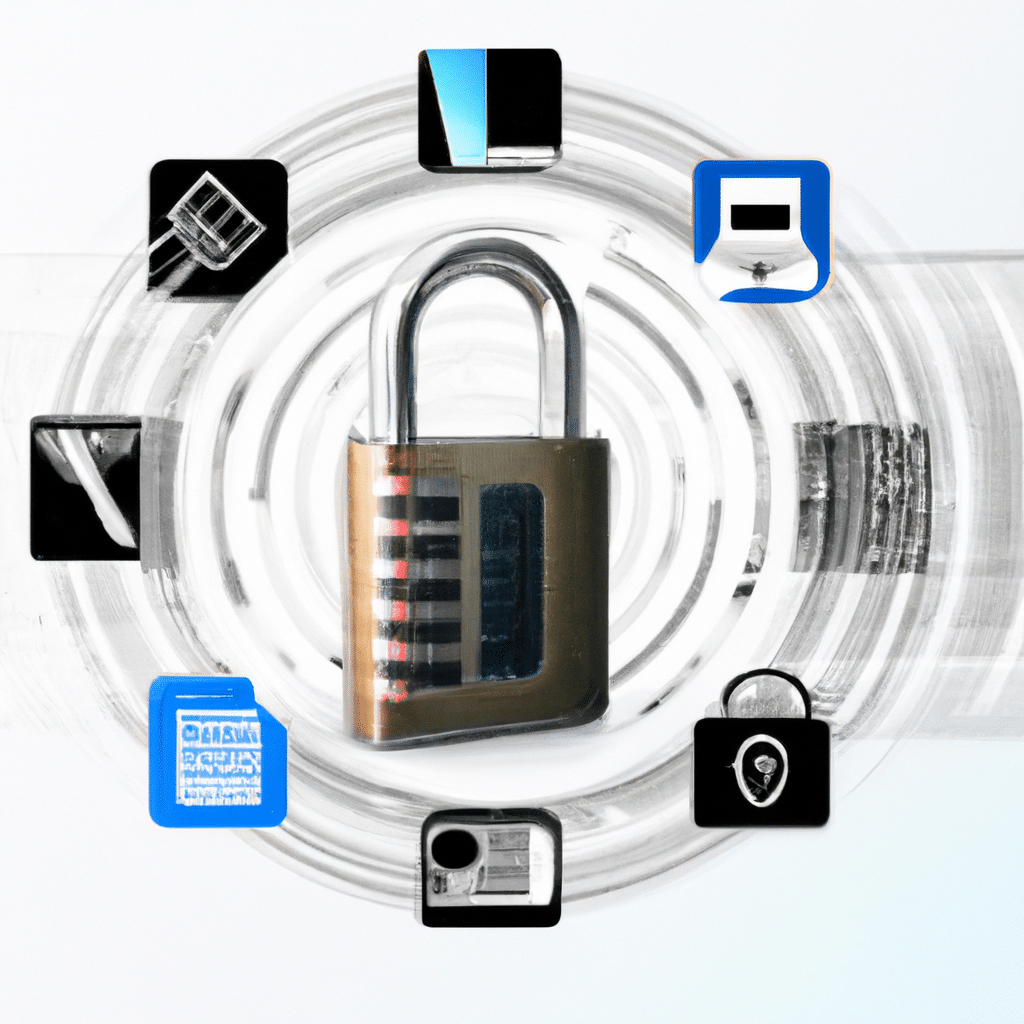
In today’s interconnected world, the Internet of Things (IoT) has revolutionized the way we live. From smart thermostats to voice-activated assistants, IoT devices have made our homes smarter and more convenient. However, with this convenience comes a hidden danger—compromised home security. In this article, we will delve into the risks associated with IoT devices and provide you with actionable tips to safeguard your home.
Understanding IoT Devices and Their Vulnerabilities
IoT devices are everyday objects connected to the internet, allowing them to send and receive data. These devices include smart TVs, security cameras, door locks, and even refrigerators. While they offer great convenience, their vulnerabilities can leave our homes exposed to hackers.
The Looming Threat: Lack of Security Measures
One of the major concerns with IoT devices is the lack of robust security measures. Many manufacturers prioritize functionality over security, leaving these devices vulnerable to cyber attacks. Weak or default passwords and outdated firmware are common entry points for hackers.
The Gateway to Your Home: Wi-Fi Networks
IoT devices rely on Wi-Fi networks to transmit data. Unfortunately, if your Wi-Fi network is not properly secured, it becomes the gateway for hackers to infiltrate your home. Weak passwords, unencrypted connections, and outdated router firmware are common vulnerabilities.
The Trojan Horse: Third-Party Applications
Third-party applications that connect to your IoT devices can unknowingly introduce security risks. These apps may have vulnerabilities that can be exploited by hackers to gain unauthorized access to your devices. It is crucial to only use trusted and regularly updated applications.
The Dangers Posed by Compromised IoT Devices
Once hackers gain control of your IoT devices, they can exploit them for various malicious activities. Understanding the potential dangers is essential in protecting your home and personal privacy.
Invasion of Privacy: Unauthorized Surveillance
IoT devices equipped with cameras and microphones can be turned against you. Hackers can remotely access these devices, enabling them to spy on your daily activities and invade your privacy. From watching you through your security cameras to listening in on private conversations, the implications are alarming.
Physical Threats: Manipulating IoT Devices
Beyond invasion of privacy, compromised IoT devices can pose physical threats. For instance, hackers can unlock smart locks, disable security systems, or even control appliances remotely. This not only compromises your safety but also puts your property at risk.
Botnet Attacks: Weaponizing IoT Devices
Hackers can turn your IoT devices into weapons by using them to launch large-scale attacks. By harnessing the processing power of thousands of compromised devices, hackers can overwhelm websites, disrupt critical services, and cause widespread chaos.
Safeguarding Your Home from IoT Security Risks
While the risks associated with IoT devices may seem daunting, there are practical steps you can take to strengthen your home security and protect your privacy.
Secure Your Wi-Fi Network
Start by securing your Wi-Fi network. Change the default router password to a strong, unique passphrase. Enable WPA2 encryption and regularly update your router’s firmware. Additionally, consider setting up a separate guest network for IoT devices to isolate them from your main network.
Strengthen Device Security
Take proactive measures to enhance the security of your IoT devices. Begin by changing default usernames and passwords to strong, unique combinations. Regularly update device firmware to ensure you have the latest security patches. If possible, enable two-factor authentication for an added layer of protection.
Limit Third-Party Applications
Be cautious when installing third-party applications that connect to your IoT devices. Only download apps from reputable sources and read reviews to ensure their security track record. Regularly update these apps to benefit from security patches and bug fixes.
Implement Network Segmentation
Consider implementing network segmentation to isolate your IoT devices from other devices on your network. This way, even if one IoT device is compromised, the rest of your network remains secure.
Regularly Monitor and Update
Stay vigilant by monitoring your IoT devices for any suspicious activity. Regularly check for firmware updates from manufacturers and promptly install them to address any security vulnerabilities. Additionally, monitor your network traffic and be on the lookout for any unusual behavior.
Strengthen Physical Security Measures
While protecting your IoT devices from cyber threats is crucial, don’t overlook physical security measures. Install robust locks on doors and windows, invest in a monitored security system, and consider using additional security measures such as smart doorbells and motion sensors.
Conclusion
As our homes become increasingly connected, it is vital to understand the potential risks associated with IoT devices. By taking proactive steps to secure your Wi-Fi network, strengthen device security, limit third-party applications, implement network segmentation, and regularly monitor and update, you can mitigate the dangers posed by compromised IoT devices. Stay informed, stay vigilant, and safeguard your home and personal privacy from the hidden dangers of the IoT revolution.






